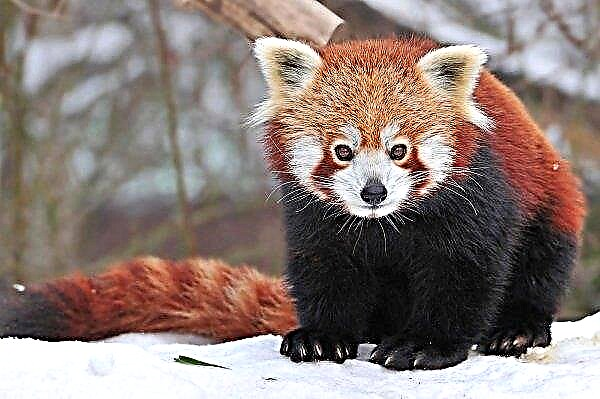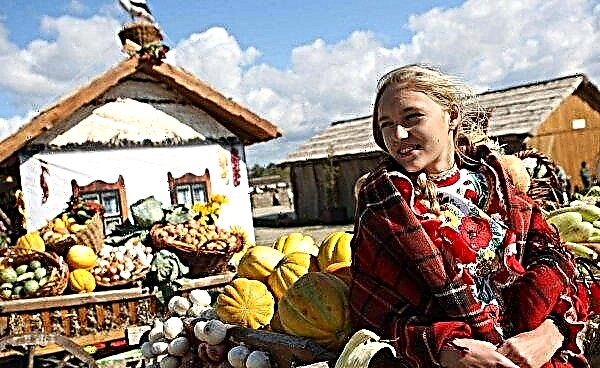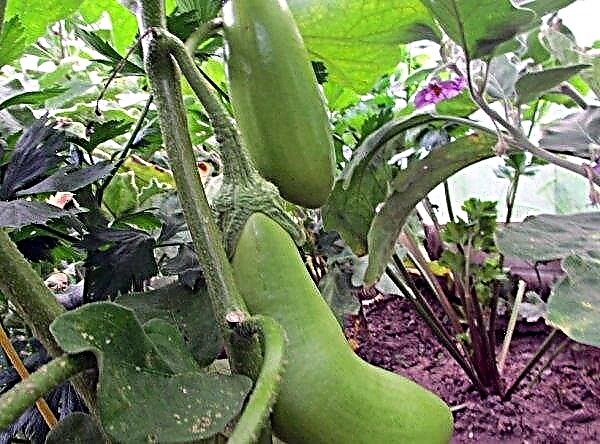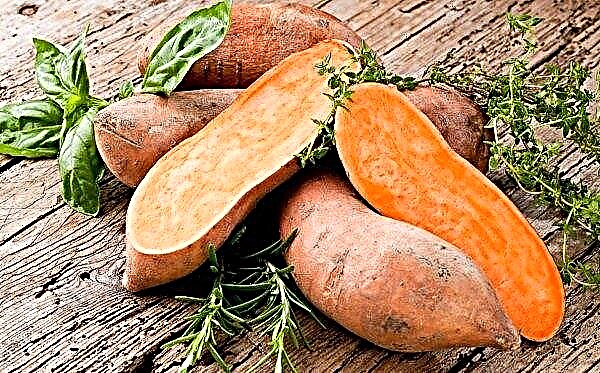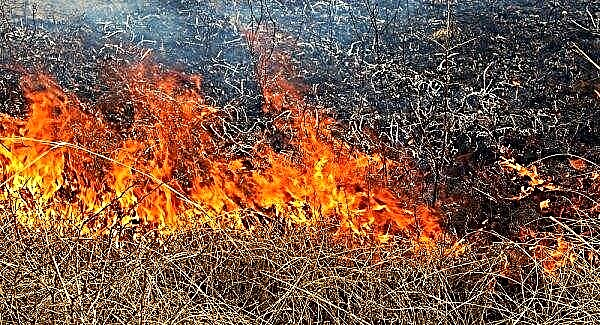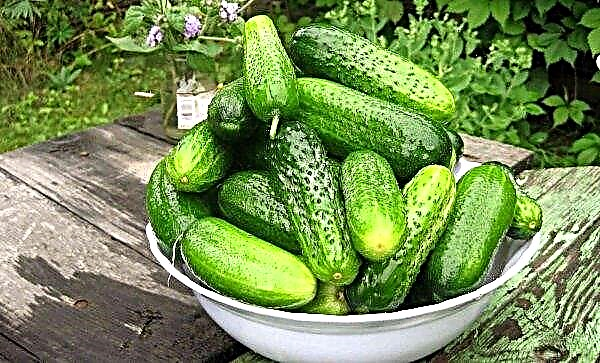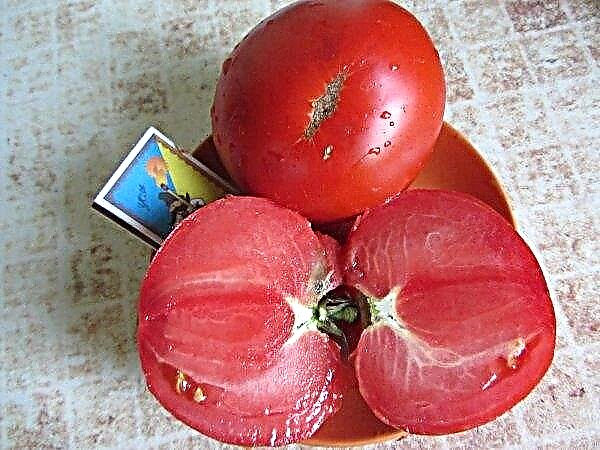Water for any living organism plays a very important role. With its help, salts, nutrients that enter the body from food are transferred. She is also responsible for the removal of toxins, toxins, helps regulate body temperature. That is why every farmer must ensure that their cows have free access to fresh, clean water.
What is the cow drinking
The main source of fluid for the cow is water. The animal receives a small amount of liquid from succulent feed. Some farmers give dairy cows whey to improve milk quality. But sometimes it happens that the cows begin to drink urine and colostrum.
The latter happens quite rarely. In both cases, this is a signal that you need to give the animal more water.
Cow water balance
Water balance is a complex of processes of assimilation, distribution and excretion of fluid from the body of a living creature. The main waste of fluid in the body of a cow: the production of saliva and milk. A small fraction leaves the body with sweat, and is also wasted on maintaining the normal functioning of all systems. The cow secrete saliva about 90-190 liters per day. She needs her to chew food. 85% of milk consists of water, therefore, to produce a kilogram of this product, the animal must spend 3-4 liters of water. As a result, it turns out that one burenka should absorb 60–80 liters of fluid per day.
The cow secrete saliva about 90-190 liters per day. She needs her to chew food. 85% of milk consists of water, therefore, to produce a kilogram of this product, the animal must spend 3-4 liters of water. As a result, it turns out that one burenka should absorb 60–80 liters of fluid per day.
Important! The norms for each individual are purely individual and depend on different indicators.
How much cow drinks water per day
As was said, a number of factors affect the amount of fluid used, among them:
- type of feed and its nutritional value;
- a combination of feed in the diet;
- physiology of a specific individual;
- ambient temperature and humidity.
But nevertheless, the approximate volumes of fluid required for the normal existence of the animal can be calculated. So, for every kilogram of dry food eaten, a burenka should receive 4-6 liters of liquid.
It follows that if a cow gives about 20 liters of milk per day and eats 17–18 kg of dry feed, then it needs 70–100 liters of water. If the animal is more productive, then it should receive up to 130 liters of fluid.
It is best to equip cows with automatic drinking bowls. In this case, it will not be necessary to constantly monitor whether the animal has water, and access to liquid in the burenka will be free. She will be able to drink whenever she wants and how much she wants. If there is no way to arrange automatic feeding, then in hot time you need to drink 10 times a day, in spring and autumn - 5-6 times, and in winter - 4-7 times.
If there is no way to arrange automatic feeding, then in hot time you need to drink 10 times a day, in spring and autumn - 5-6 times, and in winter - 4-7 times.
Features of drinking after calving
After calving, the cow is in great need of fluid to regain strength and start milk production. As soon as the calf was born, his mother needs to be given a bucket of warm water or to make a mash of 1 kg of bran and 100 g of salt diluted in a bucket of water.
Further, if swelling of the udder does not occur, the animal should be watered each time before milking.
Important! It is advisable to give two buckets, but if the boletus drinks less, do not force it to finish. Fluid temperature should be +25 ° C.
Other liquids and water additives
As additives, you can use bran, salt. The first are bred in the ratio of 2-3 kg / bucket. Salt should be 100 g per 10 liters. Salt water is usually given only after calving. You can steam some grain feed in water to make it softer.
The introduction of whey into the diet of cows allows to improve the quality and quantity of milk, as well as normalize the digestive tract. The recommended dose is not more than 45–68 kg per day. Serum is mixed into feed instead of certain components.
Possible problems and solutions
If the animal is thirsty and has free access to water, then it will drink the amount of liquid that it needs. But there are times when a cow refuses to drink or consumes less fluid. The causes of these phenomena and methods for solving them will be described below.
Reasons for giving up water
The main reasons for not drinking can be:
- poor access to the drinker;
- water temperature is outside the range of + 8-15 ° C;
- do not like the taste, aromatic qualities of the impurity;
- a foreign object has entered the stomach;
- the stomach is full.
If you cleaned the drinker, poured fresh water of a suitable temperature, put it in a convenient place, but the animal still refuses water, most likely it has problems with the digestive system. It is necessary to establish whether there are other symptoms indicative of the disease.
Did you know? The skin on the nasolabial mirror of cows is similar to the pads of human fingers. Her fingerprint, like a fingerprint, is individual and unique. This feature is used in Indiana (USA) when tracing abducted animals.
If the cow is absolutely healthy, but still not thirsty, some farmers advise resorting to a little trick. It is necessary to lubricate the nasolabial region of the burenka with herring or give it a slightly more salty food. Then she will have a thirst.
Why do cows drink urine?
Many farmers have repeatedly noted this phenomenon: a cow licks urine from the floor or drinks it when a neighboring individual urinates. This phenomenon is not the norm, although it will not bring much harm to the animal, except that the urinated individual can be a carrier of some infection and pass it through the urine to others.
They still have not been able to determine the exact causes of such a phenomenon, but they suggest that such behavior, in the first place, can talk about dehydration. The reasons also include metabolic disorders, the presence in the menu of a large number of dry feed.
In addition, drinking urine may indicate the development of subclinical ketosis and acidosis, talking about a lack of protein and minerals in food.
In such cases, you need to revise the diet of the cows, provide free access to water, as well as conduct a blood test for the presence of minerals, an analysis of milk for urea and pH. According to the data obtained, we can more clearly picture the problem and understand how to solve it.
When can I drink milk after calving?
As soon as the burenka has calved, its body begins to produce colostrum. This is the main source of food for the calf, but it is not suitable for people because of the peculiar taste, although some like it. After a while, colostrum is replaced by milk. It takes from 7 to 10 days. Only after the expiration of this period of time does milk become fit for human consumption.
Only after the expiration of this period of time does milk become fit for human consumption.
Did you know? The cow's udder holds 11–23 liters of milk.
A cow consumes a huge amount of fluid per day. That is why it is very important that she has free access to her. It is also necessary to monitor whether the animal drinks, because without liquid it is not able to survive for a long time.


